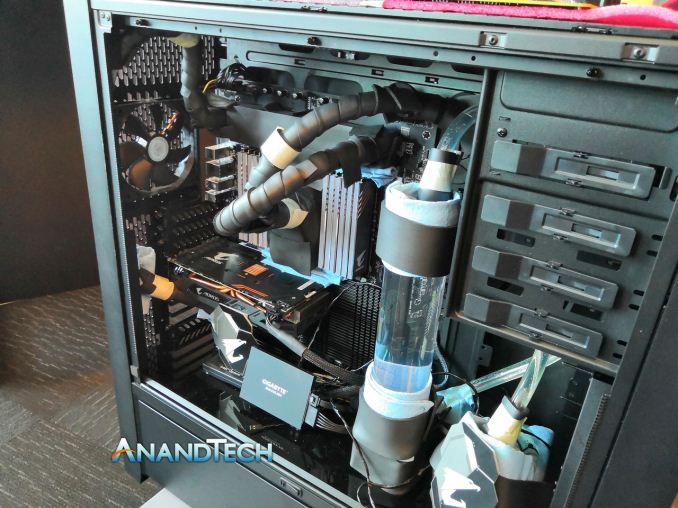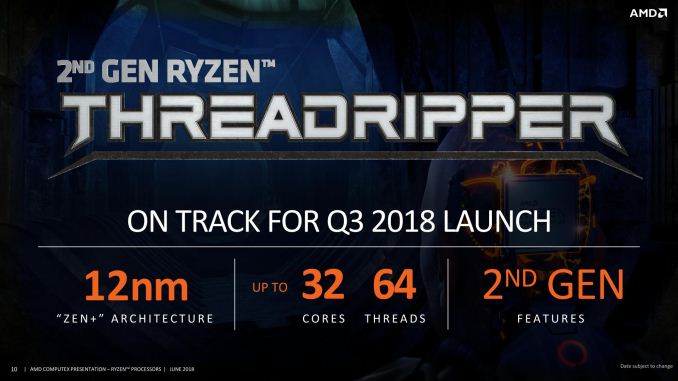Originally posted by sykobee
View Post
I can't explicitly find if the Vega Nano has 4/8/16GB HBM2?, certainly seems compelling if it does.


 Couldn't resist the chance to take a jab at AMD on their closed, signed, vendor-managed firmware stack.
Couldn't resist the chance to take a jab at AMD on their closed, signed, vendor-managed firmware stack.


Comment